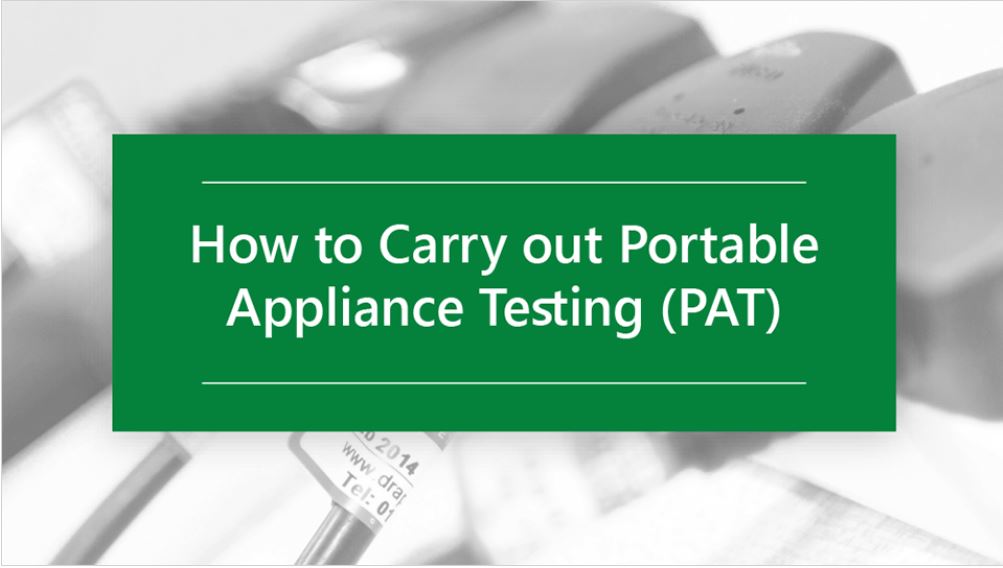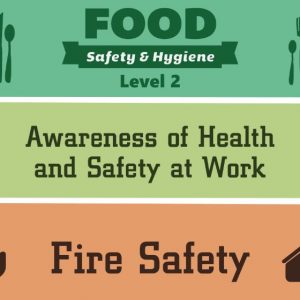Course Overview
Format
- Intermediate
- 1 Study Hour
- Online Study
- Self-Printed Certificate
Accreditation
- 3 CPD points
- CPD Certified
Course description
The Electricity at Work Regulations 1989 require that any electrical equipment that has the potential to cause injury is maintained in a safe condition. Portable Appliance Testing is one way in which to ensure electrical equipment is safe.
As stated in the IEE Code of Practice – in order to comply with these regulations, the tester must have an understanding of the modes of electrical, mechanical or thermal damage to electrical equipment and appliances as well as their flexes which may be encountered in a work environment.
Training for testers must include the identification of equipment and appliance types to determine the test procedures, and the frequency of inspection. Persons testing must be familiar with the test instruments used and in particular their limitations and restrictions, so as to achieve repeatable results without damaging the equipment or the appliance.
Test and certificate
At the end of the PAT testing training course there will be a multiple-choice quiz testing your knowledge of the topic. Following the successful completion of the course you will receive a digital certificate, which you can download or print. We recommend that you keep these for your records.
The portable appliance testing course is CPD approved and their logo is included on the certificate.
All portable appliance testing equipment is different. It is the learner’s responsibility to make sure that they have read and understood the manufacturer’s user manual for their PAT testing equipment before attempting to carry out PAT testing.
Although we make every reasonable attempt to verify the accuracy of the technical information and advice provided in this course, we accept no responsibility for loss or damage to persons or equipment resulting from its application or interpretation.
What’s covered in this PAT Testing course?
Our online PAT Testing training course is broken down into four sections and can be completed ato your own pace, the course includes:
| Module | What it includes |
| An Introduction to Portable Appliance Testing | An introduction to the course including safety guidance when carrying our PAT testing. |
| Hazards of Electricity | The hazards of working with electricity including electric shocks, lethality, avoiding the danger of a shock and first aid. |
| Portable Appliance Testing | Here we look at why PAT testing is carried out, an overview of the legal requirements, what is a portable appliance, classes of appliance and what the classes of appliance mean. |
| PAT Testing Coverage | This module focuses on and includes demos of inspections, earth bond testing, insulation testing, leakage testing, IEC leads and extension leads, labels and retesting. |
Duration
Approximately 1 hour. The length of time taken depends entirely on how quickly you can study and absorb the material. You can proceed as quickly or slowly as you like.
Target Audience
This module is suitable for anyone interested in becoming a competent person in portable appliance testing.
Entry Requirements
There are no specific entry requirements for this course.
You will learn
- Know the stages involved in PAT testing
- Recognise the difference between Class I and Class II appliances
- Know what standards are required in order for an appliance to pass each stage of PAT testing
- Know where to find more information about re-test frequencies
- Understand the hazards involved in PAT testing and the precautions that should be taken
Who is it for?
Roles including:
- This module is suitable for anyone interested in becoming trained in portable appliance testing, supplementing formal training with an accessible resources
- Our course would suit anyone pursuing a recognised qualification in PAT testing, such as electricians, landlords, business owners and building managers
- Commercial maintenance staff
- Facilities managers
- Office maintenance staff
Legislation
Legislation covered in this course includes:
The Electricity at Work Regulations 1989 require that any electrical equipment that has the potential to cause injury is maintained in a safe condition.
Portable Appliance Testing is one way in which to ensure electrical equipment is safe. As stated in the IEE Code of Practice – testers must have an understanding of the modes of electrical, mechanical or thermal damage to electrical equipment and appliances and their flexes which may be encountered in a work environment.
Health and Safety Legislation and Compliance Electricity at Work Regulations 1989, Health & Safety at Work Act 1974, Management of Health & Safety at Work Regulations 1999, Use of Work Equipment Regulations 1998, Workplace Health and Safety Regulations 1992







Reviews
There are no reviews yet.